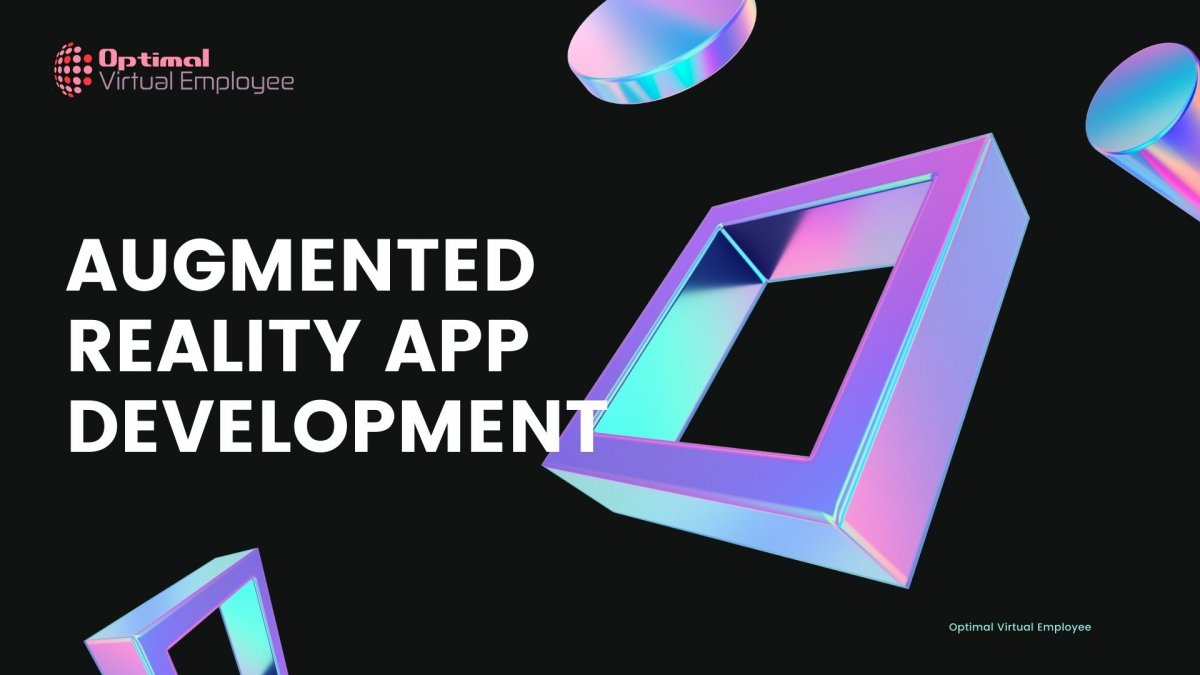Augmented Reality brings together the novelty of digital fictitious worlds and reality to create mobile apps that engage the users and leave them spell bound. It’s common knowledge that 3D pictures and videos are better received and retained than 2D graphics and material. Time is ripe for businesses to incorporate the technology into their mobile apps to bring out their core functions more effectively and please the end customers. A Statista report suggests an estimate of 5.5 Billion plus Augmented Reality mobile app downloads by 2022.
A Software Development Kit makes the basis of the quality of a mobile application. Hire mobile app developers to use an Augmented reality SDK to improve the overall mobile app development process. The end result is an app that’s abreast with global digital trends. Are you confused between various AR toolkits available in the market, here we look at the top AR SDK tools that are popular today:
-
Vuforia
A preferred SDK choice for AR mobile app development for platforms like Android, iOS as well as Unity devices, Vuforia is easily usable for anyone who knows C++ . Businesses can access the APIs for Vuforia depending on the OS they use. For example, to access the API for Android Vuforia serves SDK on JAVA, for Unity platform the API is available on C# where and as for iOS API, the SDK is available on C++. The SDK that Vuforia offers is backed with innovative features like Image and Object Recognition, Smart terrain feature, cloud support, local support, extended tracking and ground plane. The long list of useful features that Vuforia offers makes it a preferred choice for building AR apps. This innovative SDK can easily spot 2D and 3D objects and comes with the popular English vocabulary that allows text recognition. Hire mobile app developers to use this tool that allows automatic video play when it recognizes target surfaces. VuMarks are its custom barcodes that encrypt data and work like markers.
-
Google ARCore
Google AR Core is a premier AR tool that facilitates easy app development by making the end product compatible with normal handsets instead of just hi-definition devices. Google’s toolkit works on Java/ open GL, Unity as well as Unreal. Google ARCore eases 6DoF thus allowing devices to identify a handset’s position and orientation when in motion, in real time. It’s popular light estimation feature empowers mobile apps to assess and adjust lighting in accordance with the surrounding, giving the app graphics a more real-world like appearance.
-
Apple ARKit
An open-source tool launched in 2017, Apple ARKit boasts of a lot of magnificence features for mobile app developers. For example, it allows motion capture, people occlusion, use of front and rear camera at one go, face tracking for multiple people at once and even collaborative sessions. ARKit’s VIO or Visual Inertial Odometry is an innovative feature that can track a user’s surroundings without any supplementing calibration. Although used solely for iOS devices, the company boasts that ARKit has been used to build more than 13 million iOS apps. Hire mobile app developers and use Apple’s ARKit to fortify your mobile apps with digital compass and GPS for enabling location based experiences.
-
XZIMG
XZIMG’s Augmented Reality Development Toolkit offers a range of interesting products for app developers. The most popular features is a face tracking technology that works with the Unity plugin called XZIMG Augmented Face. Another feature named XZIMG Augmented Vision can be used in mobile apps to recognize simple images and black-and-white markers. XZIMG also offers an innovative feature for make-up based and face replacement mobile apps called Magic Face. XZIMG’s AR tools can be used on Android, iOS and even on Windows devices. The Unity plugin is used to create its database. Businesses can hire mobile app developers to deploy these tools for HTML 5 through Unity WebGL and Flash through FlashDevelop.
-
Kudan
Kudan AR Platform is a popular SDK for both Android and iOS. It also offers Unity support. The SDK platform can easily spot 2D and 3D images and even supports SLAM. The high-performance KudanCV engine enables low memory footprint. Main list of features include high-quality 3D graphics, which make it an app developer’s favourite.
-
MAXST
Another famous AR development toolkit, MAXST offers more than one software for developers, namely Maxst AR SDK 2D and Maxst AR SDK 3D. The 2D SDK logs images whereas the 3D SDK tracks the environment. The 3D SDK also boasts of features like SLAM and people occlusion while 2D SDK comes with multiple image recognition. The 3D SDK also features Visual Simultaneous Localization and Mapping for logging environments. In mobile apps that use MAXST, maps can extend beyond the view when the lens moves, as users track the surroundings. The SDK also allows QR and Barcode scanning and even multi-target tracking.
In the End
Augmented Reality(AR) has revolutionized the way people use the data. AR experiences work with extended dimensions, and decreased dependence on surrounding factors. Businesses looking to add more value for their customers and creating engaging experiences for their users must leverage AR in their mobile apps. AR can help with seamless customer experience and enhanced engagement. Hire mobile app developer, build and AR-backed mobile app and grow your business by leaps and bounds.
Also read:









